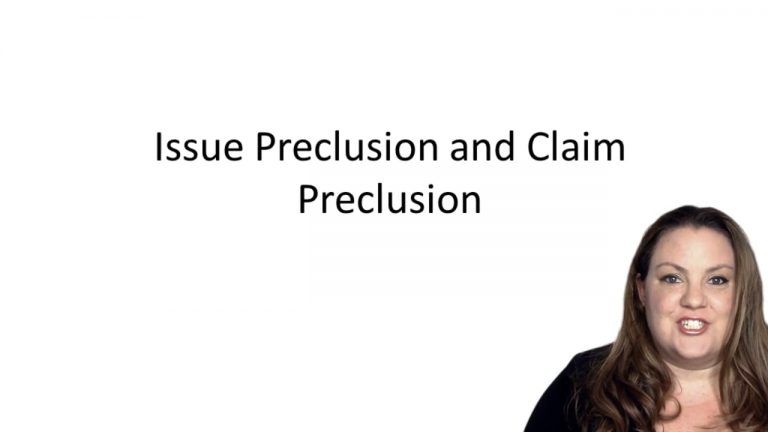SmartBrief
Confirm favorite deletion?
Civil Procedure Keyed to Babcock
Commissioner of Internal Revenue v. Sunnen
Citation:
333 U.S. 591 (1948)Facts
Between 1937–1941 Defendant Sunnen gifted his wife patent-license contracts to avoid paying income taxes on the royalties. The IRS sued Defendant claiming the royalties were taxable as income. The court, using res judicata, concluded that Sunnen could be taxed for all the royalties except for the royalties paid in 1937 on a 1928 contract based on a prior ruling by the Board of Tax Appeals that disallowed collection of taxes on royalties received between 1929–1931 on a 1928 contract. The United States Court of Appeals for the Eighth Circuit affirmed and the Supreme Court granted certiorari.
Only StudyBuddy Pro offers the complete Case Brief Anatomy*
Access the most important case brief elements for optimal case understanding.
*Case Brief Anatomy includes: Brief Prologue, Complete Case Brief, Brief Epilogue
- The Brief Prologue provides necessary case brief introductory information and includes:
Topic:
Identifies the topic of law and where this case fits within your course outline.Parties:
Identifies the cast of characters involved in the case.Procedural Posture & History:
Shares the case history with how lower courts have ruled on the matter.Case Key Terms, Acts, Doctrines, etc.:
A case specific Legal Term Dictionary.Case Doctrines, Acts, Statutes, Amendments and Treatises:
Identifies and Defines Legal Authority used in this case.
- The Case Brief is the complete case summarized and authored in the traditional Law School I.R.A.C. format. The Pro case brief includes:
Brief Facts:
A Synopsis of the Facts of the case.Rule of Law:
Identifies the Legal Principle the Court used in deciding the case.Facts:
What are the factual circumstances that gave rise to the civil or criminal case? What is the relationship of the Parties that are involved in the case.Issue(s):
Lists the Questions of Law that are raised by the Facts of the case.Holding:
Shares the Court's answer to the legal questions raised in the issue.Concurring / Dissenting Opinions:
Includes valuable concurring or dissenting opinions and their key points.Reasoning and Analysis:
Identifies the chain of argument(s) which led the judges to rule as they did.
- The Brief Prologue closes the case brief with important forward-looking discussion and includes:
Policy:
Identifies the Policy if any that has been established by the case.Court Direction:
Shares where the Court went from here for this case.
Topic Resources
Topic Outline

 10m 50s
10m 50s